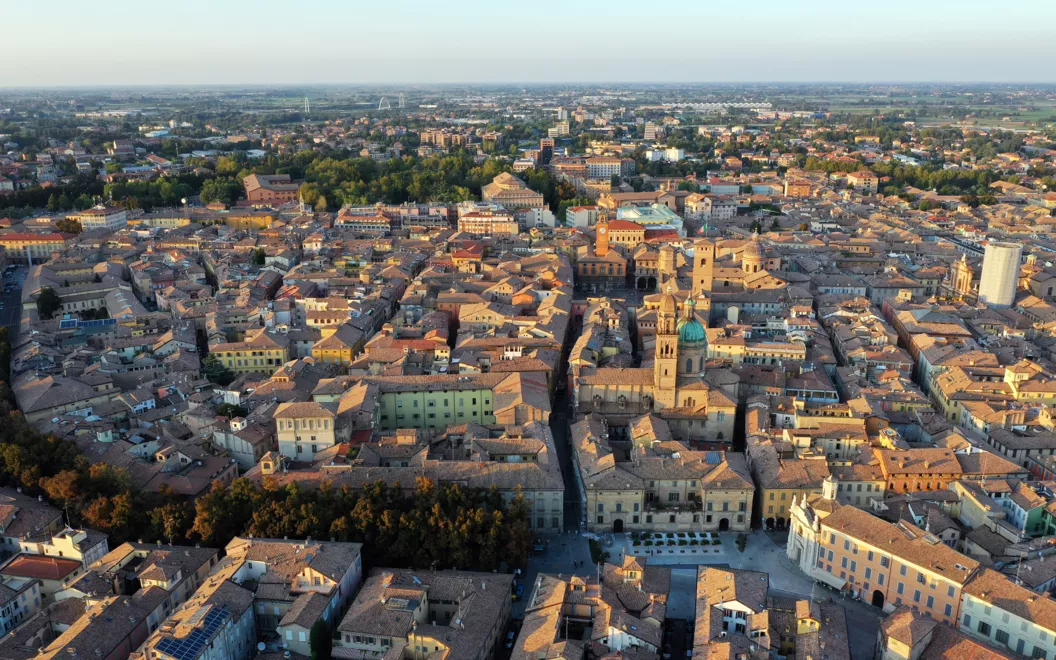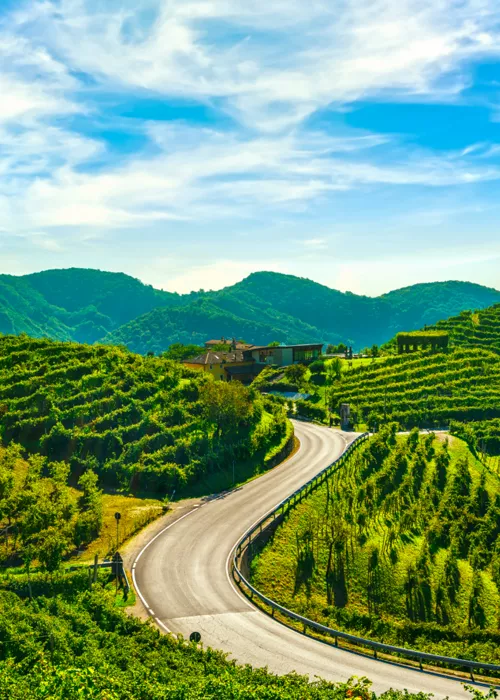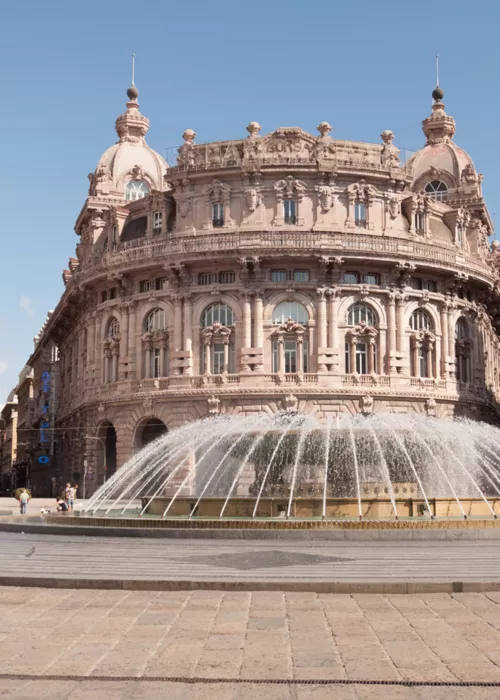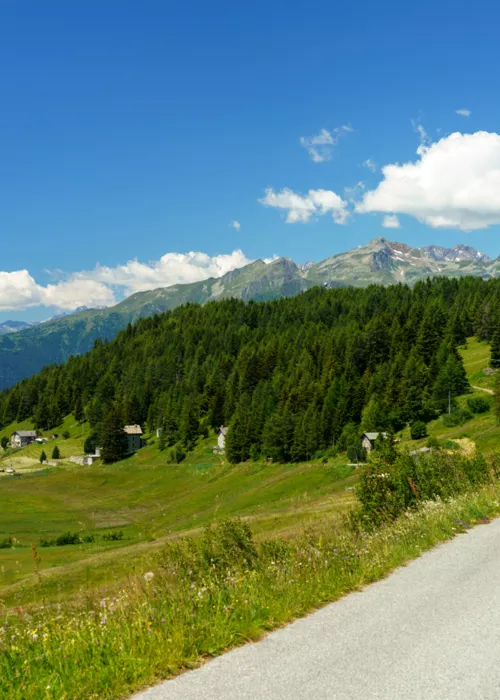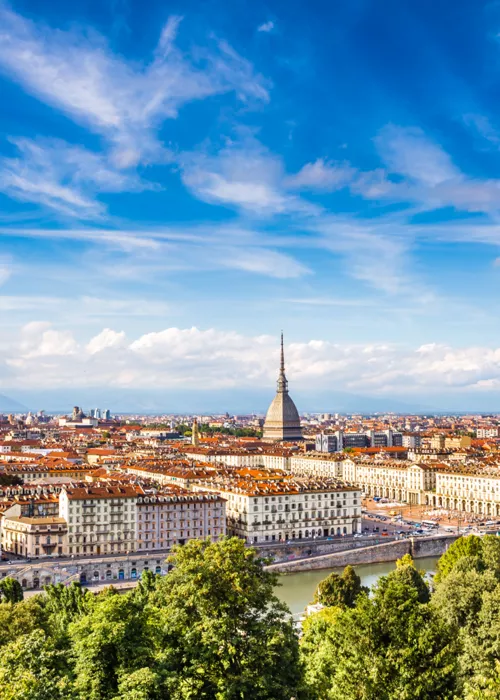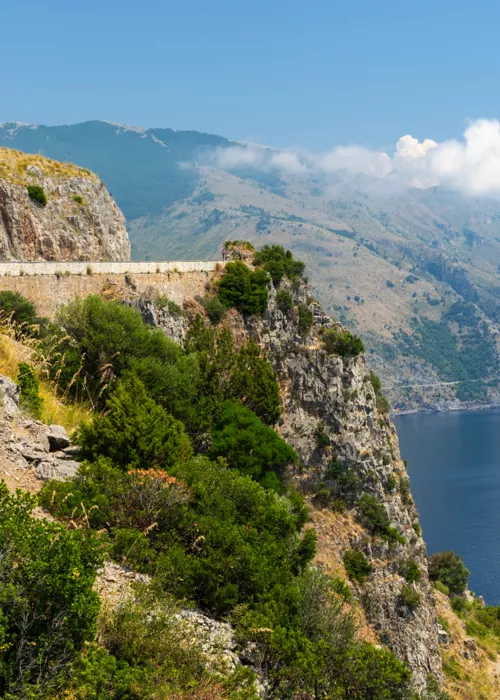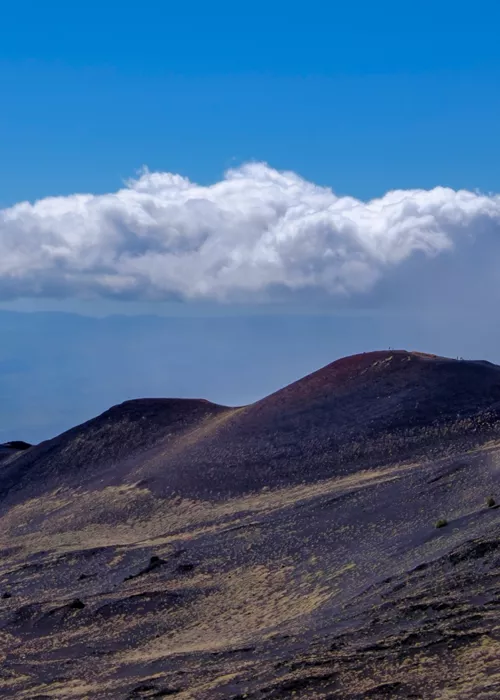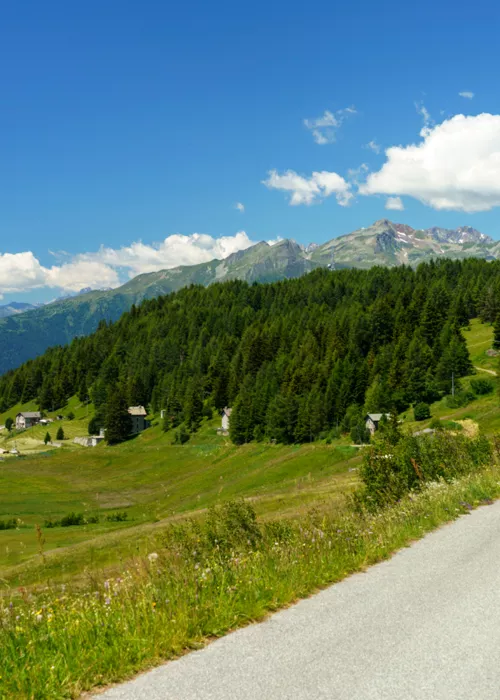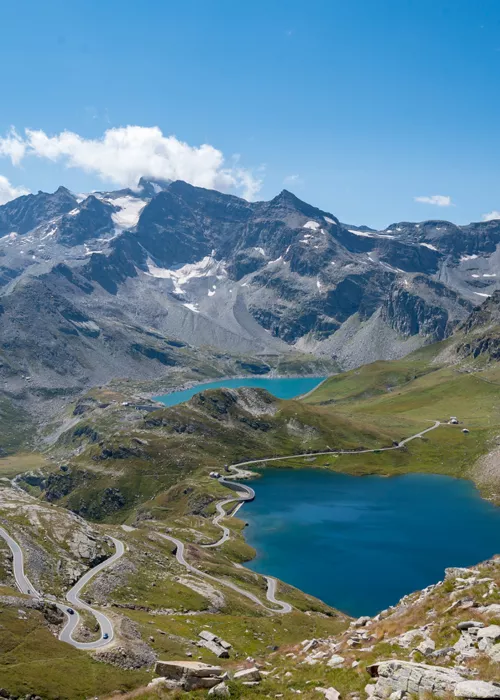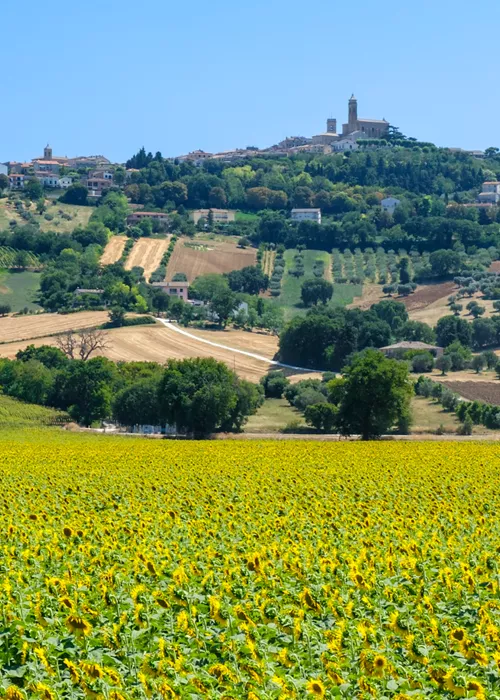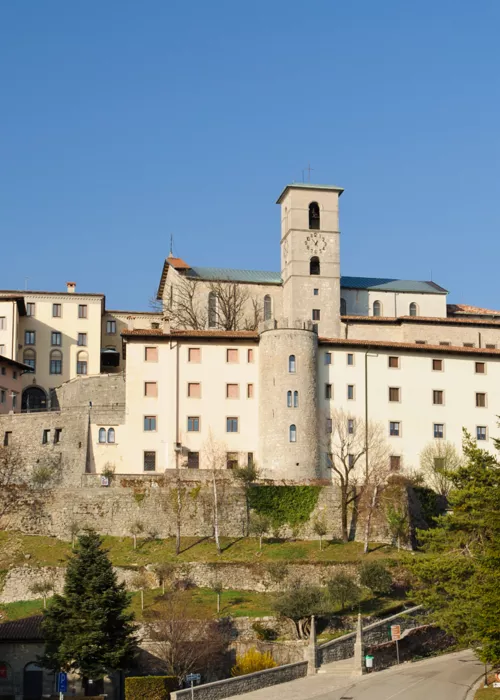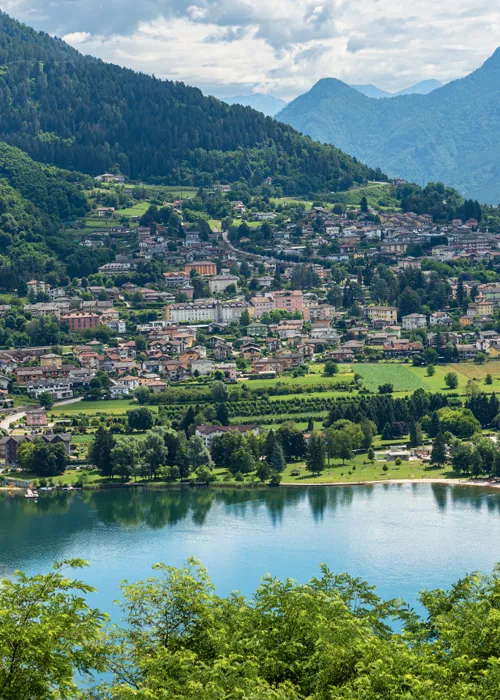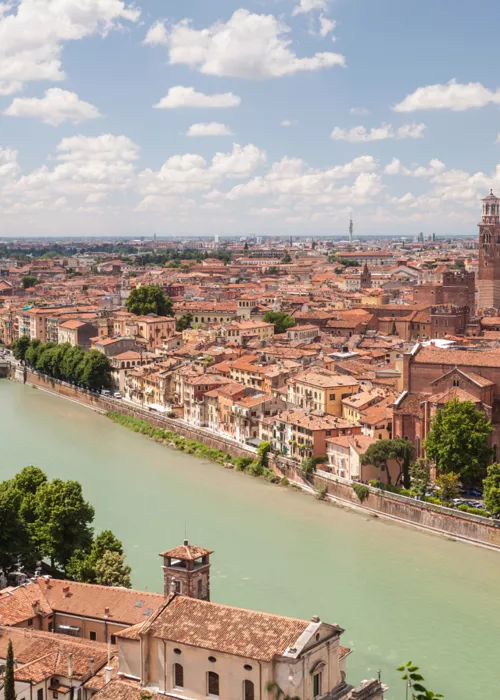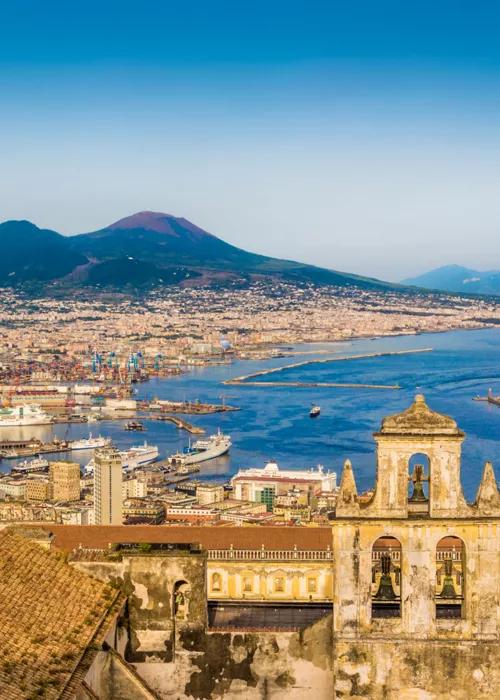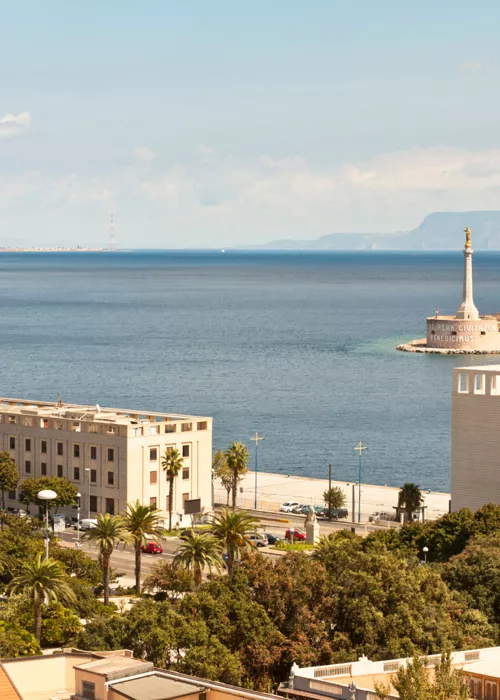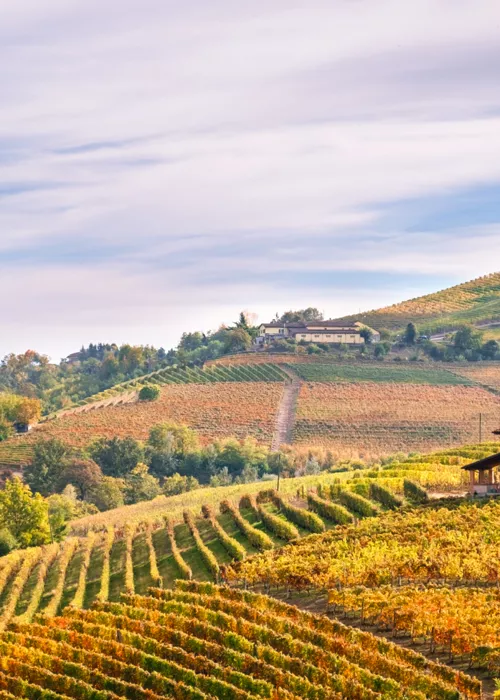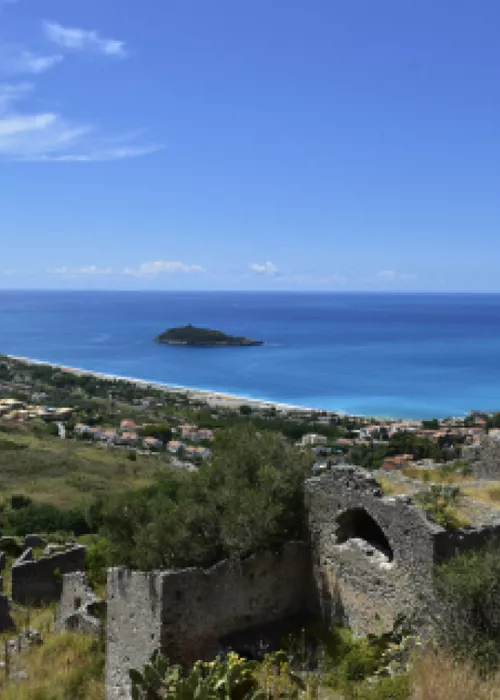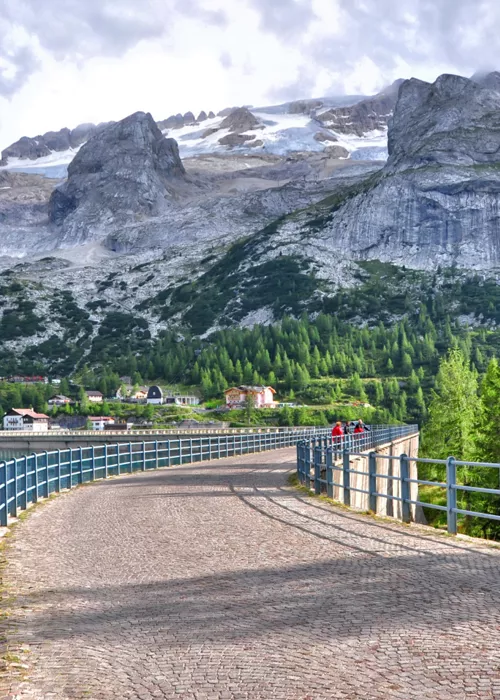From Cesena to Imola: culture and tagliatelle

Just a dozen kilometres from the start in Santarcangelo di Romagna, the medieval village with a strong Romagna identity, and the route suggests a stop in the name of wonder. In Cesena there is the Malatesta Library – the oldest civil library in the world, intact for over 600 years – since 2008 it has been included in the UNESCO Memory of the World Register. But even a visit to Forlimpopoli – the transit town for pilgrims on their way to Rome in the Middle Ages – will leave you speechless: the historic centre is dominated by the imposing Rocca Albornoziana, built in the mid-14th century and still one of the best preserved in the region. After the joys of the mind, those of the palate. Forlimpopoli is the birthplace of the famous gastronome Pellegrino Artusi, author of Science in the Kitchen and the Art of Eating Well. Indeed Casa Artusi houses the first centre dedicated to Italian home cooking. The best way to pay tribute to him? With a dinner of tagliatelle and meatloaf, washed down with a glass of Sangiovese. Once in Imola, atone for your sins of gluttony with a visit to the giant marble containing the effigy of the champion Marco Pantani.
Dozza and Bologna: street art and tortellini

The central part of this itinerary boasts two stops that are worth a weekend in themselves. The first is Dozza, the medieval village perched on the crest of a hill and famous for being an open-air museum. In fact, it is. Since 1960, the Biennale del Muro Dipinto (Biennial Exhibition of Painted Walls) has been held here. Over the years this event has involved over 200 artists with brushes and spray cans. The outcome? The walls of the shops are covered with over 100 brightly coloured murals. Another thirty kilometres or so into the route and here is Bologna, the capital of Emilia Romagna. How can you spend an afternoon away from your bike? Here, you will be spoilt for choice. To stretch your legs, there are 38 kilometres of porticos (some of them are in the UNESCO World Heritage List since 2021) that encompass the entire historic centre. To tickle your fancy, there’s nothing better than the Basilica of San Petronio overlooking Piazza Maggiore. Its grandiose interior houses Cassini’s sundial, the largest in the world (66.8 metres long). To feast your eyes, climb the staircase to the top of the 97-metre Torre degli Asinelli. To satisfy your stomach, any trattoria will do, with tortellini, ragù and mortadella.
In Reggio Emilia: a set for works of art and cheese flakes

From this point, the route deviates from the Via Emilia and heads towards the hinterland, passing through villages such as Crevalcore, Cavezzo and Coreggio. You approach the River Po, where the painter Ligabue created his naïve world. Or, to bring up pop culture, where the saga of Don Camillo and Peppone was filmed. Reggio Emilia, you final destination, is still under the sign of history. In 1797, in this very city the Italian tricolour was born, displayed in the hall of the Municipal Council. Also worth a visit is the Torrazzo, the bell tower of the Basilica of San Prospero. But Reggio Emilia, like the other towns along this route, also has a heart to bite into. In this case, it has the taste of Parmigiano Reggiano, the main ingredient of all local cuisine.
By the RCS Sport editorial staff

